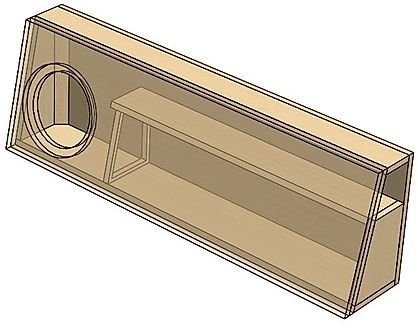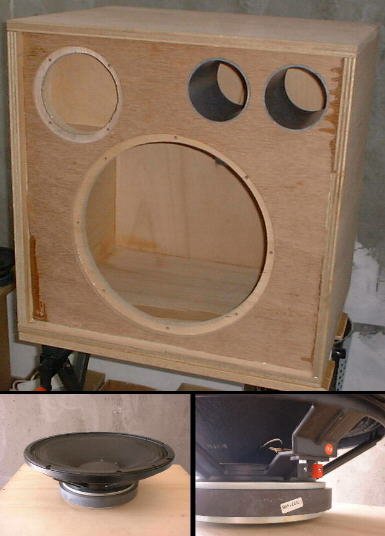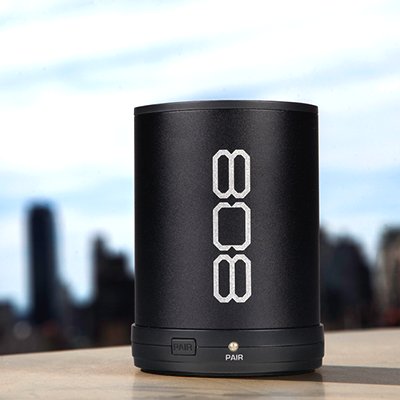The Ideal Height For Speaker Stands: How Tall Should Speaker Stands Be?
Looking to enhance your audio experience with speaker stands? Wondering just how tall should speaker stands be? We’ve got you covered! Finding the perfect height for your speaker stands is crucial for achieving optimal sound quality and positioning. In this article, we’ll delve into the factors to consider when determining the ideal height for your speaker stands. Whether you’re a seasoned audiophile or a casual listener, we’ll provide you with practical tips and guidance to elevate your audio setup to the next level. So let’s dive in and discover the perfect height for your speaker stands to enjoy an immersive audio experience like never before!
How tall should speaker stands be?
When it comes to achieving optimal sound quality and creating an immersive audio experience, the importance of speaker placement cannot be overstated. Speaker stands play a crucial role in this equation, providing a stable and elevated platform for your speakers. But how tall should speaker stands be? In this article, we will explore the factors that influence the ideal height for speaker stands and help you find the perfect positioning for your speakers.
1. Speaker Stand Height and Sound Quality
One of the main considerations when determining the height of your speaker stands is the impact on sound quality. The height at which your speakers are positioned can significantly affect their performance and your listening experience. Here are some key points to keep in mind:
- Ear Level: The general rule of thumb is to position the speakers at ear level when you are in your typical listening position. This ensures that the sound reaches your ears directly and minimizes any potential distortion or loss of detail. Having the speakers too low or too high can lead to a less-than-ideal listening experience.
- Reflections: Speaker stands that are too low can cause sound reflections from nearby surfaces, such as the floor or furniture. These reflections can interfere with the direct sound waves, leading to a muddled or colored sound. Elevating the speakers to the appropriate height reduces these reflections and allows the sound to be projected more accurately.
- Bass Response: The height of your speaker stands can also impact the bass response of your speakers. Placing the speakers too close to the floor can result in excessive bass buildup, which can overpower the rest of the audio spectrum. Elevating the speakers can help achieve a more balanced and accurate bass reproduction.
2. Factors Influencing Speaker Stand Height
Now that we understand the impact of speaker stand height on sound quality, let’s explore the main factors that influence the ideal height for your speaker stands:
2.1 Room Acoustics
The characteristics of your room, such as its size, shape, and furnishings, can influence the optimal height for your speaker stands. Consider the following:
- Ceiling Height: If you have a room with high ceilings, you may need taller speaker stands to ensure the speakers are positioned at ear level. Conversely, if your ceilings are lower, shorter stands may be sufficient.
- Wall Reflections: Take into account any potential sound reflections from walls or other surfaces. Ideally, you want to avoid placing the speakers too close to reflective surfaces, as this can impact the sound quality. Adjusting the height of your speaker stands can help mitigate these reflections.
- Furniture Placement: If you have furniture or other objects in the listening area, consider how they might affect the sound. Adjust the height of your speaker stands to optimize the speaker-to-listener axis and minimize any obstructions or interference.
2.2 Speaker Design
The design and characteristics of your speakers also play a role in determining the ideal height for your speaker stands. Consider the following:
- Tweeter and Woofer Alignment: Some speakers have a vertical alignment of their drivers, with the tweeter located above the woofer. In such cases, aligning the tweeter with ear level becomes crucial for accurate sound reproduction. Adjusting the height of your speaker stands ensures proper alignment.
- Nearfield or Midfield Listening: The intended listening distance can also influence the height of your speaker stands. If you primarily listen to music or watch movies from a close distance (nearfield), lower stands may be more suitable. On the other hand, if you are positioned at a greater distance from the speakers (midfield), taller stands may be necessary to achieve the desired audio experience.
- Port Orientation: Some speakers have rear-firing ports, which are responsible for the low-frequency output. Placing these speakers on stands too close to the wall can impact the bass response. Adjusting the height of the stands can help create adequate space between the speaker and the wall, improving the overall sound quality.
3. Measuring and Adjusting Speaker Stand Height
Now that you understand the factors influencing speaker stand height, let’s look at how you can measure and adjust your speaker stands:
- Measure the Listening Position: Determine your typical listening position and measure the height from the floor to your ear level. This measurement will serve as a reference point for positioning your speakers.
- Consider Speaker Dimensions: Take into account the dimensions of your speakers, including their height and the distance between the tweeter and the bottom of the speakers. This information will help determine how much elevation you need to achieve proper alignment.
- Experiment and Fine-tune: Once you have initially positioned your speakers on the stands, take the time to experiment and fine-tune their height. Listen to various types of audio content and make incremental adjustments until you find the optimal height that delivers the best sound quality.
4. Additional Considerations
Here are a few more considerations to keep in mind when determining the height of your speaker stands:
- Stability: Ensure that the chosen height does not compromise the stability of your speaker stands. Stability is crucial to prevent any accidental tip-overs and potential damage to your speakers.
- Cable Management: Consider how the height of your speaker stands affects cable management. You want to have a clean setup with minimal tangling and clutter.
- Aesthetics: While functionality and sound quality are paramount, it’s also important to consider the aesthetic aspect. Choose speaker stands that complement the overall design and visual appeal of your room.
Finding the perfect height for your speaker stands may require some trial and error, as different rooms and setups can have unique characteristics. However, by understanding the factors outlined in this article and considering the specifics of your listening environment and speaker design, you’ll be well on your way to enjoying an optimized audio experience.
Remember, achieving the ideal speaker stand height is just one piece of the puzzle. Don’t neglect other critical aspects of speaker placement, such as distance from walls, toe-in angles, and room treatments, to further enhance your sound quality. Take the time to experiment, trust your ears, and enjoy the journey of discovering your perfect audio setup.
Frequently Asked Questions
What is the recommended height for speaker stands?
The recommended height for speaker stands varies depending on several factors, including the size and type of speakers, the listening environment, and personal preference. However, a common guideline is to position the speakers at ear level when seated in the listening area. This typically translates to the height of 28 to 48 inches (70 to 120 cm) for most speaker setups.
How do I determine the ideal height for speaker stands?
To determine the ideal height for your speaker stands, you can start by measuring the distance between your ear level and the floor when seated in your listening area. Subtracting this measurement from the average height of your speakers will give you an approximate height for the stands. Additionally, considering the acoustic properties of your room and experimenting with different heights may help you find the ideal placement for your speakers.
What are the consequences of using incorrect speaker stand height?
Using incorrect speaker stand height can have various consequences. If the stands are too low, the sound may not reach the listener’s ears properly, resulting in a muffled or distorted audio experience. On the other hand, if the stands are too high, the sound may be directed above the listener’s ears, leading to a loss of clarity and detail. It is crucial to find the right balance to achieve an optimal listening experience.
Are there any specific considerations for bookshelf speakers?
Bookshelf speakers are typically designed to be placed on stands or shelves, and the recommended height for their stands can depend on their specific design and intended usage. It is generally advisable to position bookshelf speakers at ear level or slightly above when seated. However, it is essential to consult the manufacturer’s guidelines to determine the best placement for your particular bookshelf speakers.
Can speaker stands be adjustable in height?
Yes, many speaker stands offer height adjustability to cater to different listening environments and preferences. Adjustable speaker stands allow you to fine-tune the height of your speakers for optimal sound dispersion. This flexibility can be particularly useful in situations where the listening area is not at the same level as the speakers or when multiple listeners of varying heights are present.
Final Thoughts
The optimal height for speaker stands depends on various factors like the room size, speaker type, and listening position. In general, speaker stands should be positioned at ear level for an immersive and balanced sound experience. This ensures that the sound waves reach your ears directly without any obstructions, minimizing reflections and maximizing clarity. By placing the speakers at the right height, you can enhance the quality and accuracy of the audio output. When determining the appropriate height, consider the distance between the speakers and the listening area, as well as any adjustments needed for personal preference. Overall, finding the right height for speaker stands is crucial in achieving the best audio performance.





